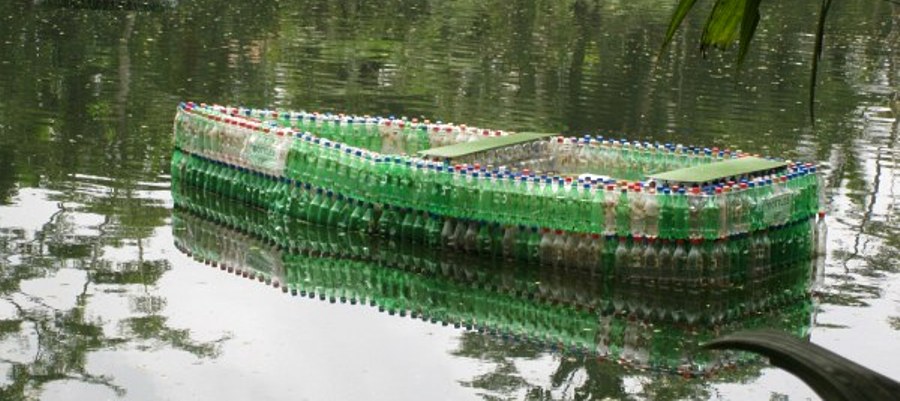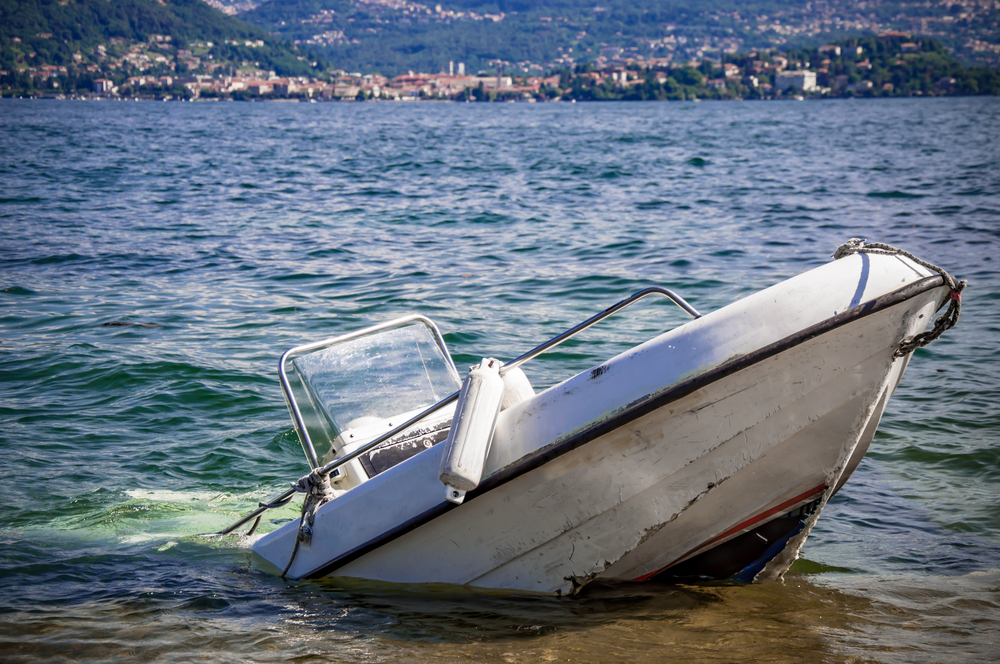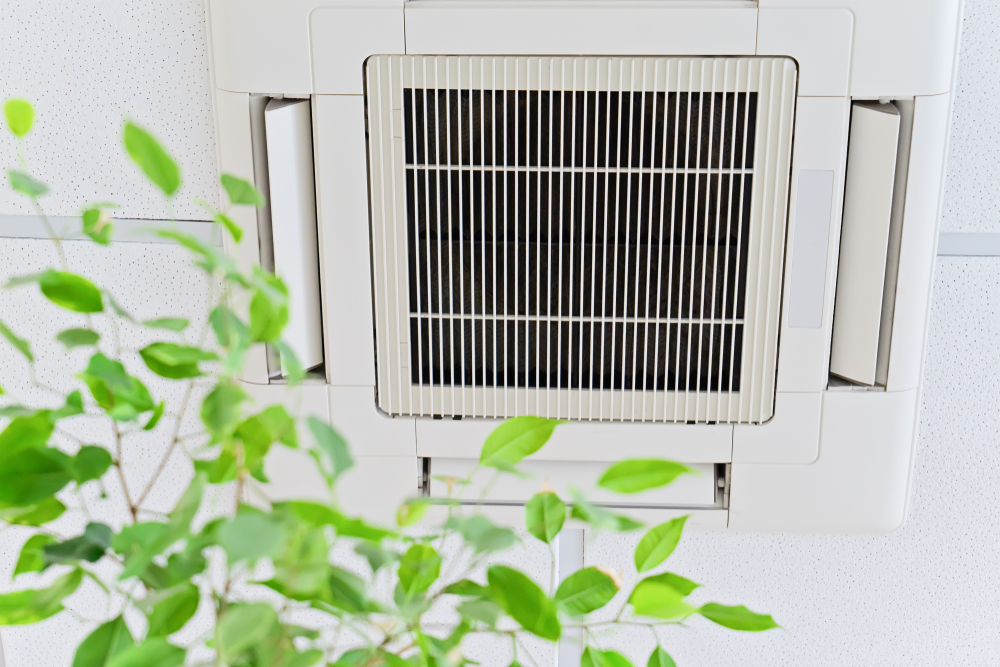Seven years ago, Jose Salvador Alvarenga was long-line fishing for sharks with a buddy off the coast of Mexico.
Salvador survived adrift at sea for an astonishing 428 days in an open boat crippled by storm and with nearly all his gear washed overboard.
He ended up in the Marshall Islands after drifting some 6,000 miles.
When I heard about him, I was skeptical, but reading the book about his ordeal and interviewing Salvador about his experience affected a survival paradigm shift for me.

It also crushed many myths I had read in survival literature accepted as canon or that I had been taught by some of the world’s foremost survival instructors. According to them, Salvador did all kinds of things wrong, yet if he had done, as they say, it almost certainly would have got him killed. Studying and considering Salvador’s experience has changed my view of both survival at sea and boating safety.
I love boating and being on the water. Of everywhere I have traveled on this planet, when my mind drifts to my fondest memories of a place and where I’d most like to be, it is carried to Lake Powell, right here in the USA. Whether you boat for work, transportation, or play, boating is an inherently dangerous environment, so I hope you find a pointer or two in this article that is useful to you in your preparedness efforts.
Will to Survive
Salvador could not have survived his ordeal without an iron will to survive and adapt and an equally iron stomach. He drank sea turtle blood (which it turns out is rich in vitamin C), the sea birds’ blood that landed on his boat-turned-flotsam to rest. Salvador broke their wings, so they couldn’t escape, but would keep until he needed to eat them. He drank his urine. He ate sea birds, sea turtles, and sea turtle eggs. He couldn’t cook meat, so he dried it in the sun on the cover of his disabled outboard motor. He soldiered on after his companion stopped eating and passed away. He also ate triggerfish, which are expressly forbidden by survival manuals because of the danger of ciguatera fish poisoning. Like a boat adrift floats, marine life grows on the hull. That, combined with the shade and cover it provides, small fish gradually turns boats and rafts into their tiny ecosystems. In the process, triggerfish is one of the first fish that appear and can be heard nibbling at the hull.
Ditch Bag
In maritime preparedness, a ditch bag or abandon ship bag is a marine go bag, the bag you grab on your way out the door. As such, it has some special requirements:
- Buoyancy: If it doesn’t float, you may have to let go of it when it’s time to sink or swim to save your life, losing your survival gear in the process.
- Waterproof – It should keep your survival gear dry.
- Tether with Carabiner: Survivors will need to be able to connect it to themselves quickly, their boat, or raft, even if fine motor coordination has been degraded by hypothermia. Loss of survival gear due to waves and weather is a chronic problem for survivors at sea.
- Removable Rigid Bottom: If your bag doesn’t come with one, and no model I have seen does, make one of some marine plywood or plastic. Round the edges nicely, and like all other marine survival gear, it will need a hole or slot so that you can attach a rope to it. A rigid bottom will better support your survival gear and make it easier to find in a hurry. It may also come in handy later since it can be hard to find a flat, hard surface in a raft.
- Soft-sided – When packing a boat, soft-sided bags pack easier and hard cases can make life uncomfortable in a tiny life raft.
- Dedicated Mount – The mount should allow the bag to be easily removed and protect it from being washed overboard.
- Color & Label – An abandon ship bag should be easy for anyone to identify quickly, even when your world just went sideways. The bag should be easy to spot and incorporate retro-reflective tape.
- Size & Weight Constraints – The weakest member of the crew must easily handle this bag.
- Light-colored Interior – You’ll need to locate the contents quickly under stress which is harder in a bag with a dark interior.
- EPRIB Pocket – The Emergency Position Indicating Radio Beacon is one the most critical pieces of equipment. Make communications, navigation & signaling technology a priority since, in some cases, it can end a survival ordeal early when chances of survival are greatest. That is something hamstrung Salvador. The owner of his boat couldn’t afford much comms gear.

Ditch Bag Contents
Consider everything that goes in your ditch bag in the context of a life raft: cold, wet, and tossed about by waves. Anything you don’t want to be lost should be dummy corded to the raft. Salvador lost nearly all his equipment when it was washed overboard at the outset of his ordeal, and the storm forced him to cut his long lines to avoid sinking.
These items should supplement the survival/self-recovery core layer that you should carry in your pockets, not replace it.
- Headlamp & Extra Lithium Batteries – Right on top or in a pocket.
- Survival Communications
- EPRIB –Many a survival ordeal can be cut short with adequate communications, but don’t count on it. There are places on this planet that you can hit the button until the battery dies bit no one will come.
- VHF Radio – Choose a marine model that will take lithium AA or AA batteries, is waterproof, floats, and GMDSS-compliant if possible.
- Satellite Phone or PLB with Satellite Messenger – This is one of the few pieces of equipment that worked for Salvador until it didn’t.
- Signaling
- Meteor Flares – Pack at least two dozen. A few flares are not enough. Depending on the boat, they could be pen flare or 12ga meteor flares. Even a kayaker should carry pen flares.
- SOLAS Parachute Flares – One dozen. These are larger and more visible than meteor flares.
- SOLAS Handheld Flares – Half dozen.
- SOLAS Smoke Signals – Largest day signal. A couple of these should suffice.
- Optics – A pair of waterproof binoculars will make your signaling efforts more effective because you will be able to tell whether what you think you see is really what you see and determine the orientation of boats or aircraft.
- RescueStreamer – Putting out a streamer makes you much more visible and communicates that you are indeed in distress to aircraft. Permanent, unattended signals signal even while you’re sleeping.
- Air Horn, Signal Mirror & Whistle – You should already be carrying a signal mirror and a whistle in your survival/self-recovery core layer, which should be held in your pockets, not this bag, but that’s another article. A whistle and signal mirror should be redundant but included.
- Survival Gear
- Survival Knife & Cutting Board – Pointy, stainless, single-edged, plastic sheath that snaps on.
- Raft Knife – Not pointy.
- Multi-tool – Many a boater cast adrift has disassembled their motor and turned it into survival and fishing gear. Salvador made a gaff hook with his.
- Sharpening Stone with Fishhook Groove
- Fishing Kit
- Goggles, & Takedown Fling Spear or Spear Gun
- Folding Bucket
- Sponges
- Exposure
- Survival Bag – Heat reflective.
- Wind Shirt & Pants – Ultralight, packable, brightly colored, and quick-drying.
- Quick-dry Clothing – Safari-sleeved, collared shirt with high SPF and pockets. Convertible pants/shorts, socks & water shoes.
- Wool Watch Cap & Sun Hat
- Sunscreen
- SunGlasses
- Water-friendly Gloves
- Navigation/Admin
- Pencil & Paper – Water-resistant
- GPS – Salvador succeeded in contacting help on his sat phone but didn’t have accurate coordinates to give the search party. The ocean is a vast place, and searchers soon gave him up for dead. They were surprised when he showed up more than a year later.
- Documentation – Every survival kit should include a packing list and a survival manual or instructions. As survivors suffer exposure, exhaustion, thirst, and hunger, decision-making suffers, and Navy SEALs make mistakes no Boy Scout would make.
- Food & Water
- Lifeboat Rations – Low Moisture, Non-thirst Provoking or GP Survival Rations
- Water Rations – Bagged, not canned because of rust. Check often because they degrade over time. Bag them separately and well to protect the other contents because they will break!
- Small Manual Desalinator – An abandon ship bag should be easy for anyone to identify quickly, even when your world just went sideways. The bag should be easy to spot and incorporate retro-reflective tape.
- Water Containers – Useful early on, but long-term, you may have plenty of time to pick trash out of the ocean.
- HD Aluminum Sheeting – Light sheet metal, not foil. Salvador had to dry his food on his plastic outboard motor cover, which you may not have. Use this to construct a more effective solar oven and near unlimited other uses, including crafting fishing lures.
- Medical Kit
- Repair Kit
- Life Raft Clamps
- Extra Valve Plugs or Caps
- Duct Tape
- Para Cord
- Brass Split Rings – To help dummy cord gear and supplies you brought.
Signaling
At times, Salvador drifted in and out of shipping lanes and saw many boats. Unfortunately, in the open ocean, the crew sets the ship on autopilot, and monotony takes over. He tried to get their attention, but no one stopped. On one frustrating occasion, crew members fishing off the back of a container vessel waved back to him… and kept right on fishing. You need to be able to signal in no uncertain terms that your vessel is in distress. Otherwise, help may cruise right on by.
Water
No matter how thirsty you get, don’t drink saltwater. They say it makes you lose your mind, but I think most survivors lose it before they start drinking seawater. Salvador had some bleach bottles aboard that they used as floats. He filled these with rainwater. There also no shortage of soda bottles floating in the ocean, which he also fished out and filled with water when it rained. If I recall correctly, I think he said he had 93 bottles of water at one point. Salvador is an example of antifragility in that experiencing severe dehydration early on turned him into a more proficient survivor. But if Salvador drifted a little to the North or South, he wouldn’t have received the rain that he did, so be sure your boat has a hand pump desalinator if you boat in saltwater and filter if you boat in freshwater.
Back in the day, my grandfather just pulled out into the middle of the channel and pulled in a bucket of lake water. Although in those days, it was a cleaner lake and both he and Salvador probably had much stronger immune systems than most Americans today. Still, when face with a choice between dehydration or drinking untreated water, if you choose not to drink, you won’t live long enough to get an infection possibly.
Sharks
Everyone wants to hear about sharks, even they are more likely to get hit by lightning. Most sharks are just curious unless you start behaving like food. If they come too close and try to test you, show them that you’re not food with a stiff jab on the snout with a hard object. Don’t thrash, though, because that says, “I’m a wounded fish! I’m food!” Strong, loud movements can sometimes scare them away. Since they are attracted to blood and bodily waste, take care of how you dispose of it and offal from fish you catch.
Floatation & Life Boats or Rafts
Most people die of drowning and exposure, so in cold water, you need to get out of the water and get dry. You also need something to help you float, so equip boats with floatation devices and life jackets. Don’t remove wet clothing while in the water because it traps a layer of dead water near your skin, reducing convection. If your body can warm the water trapped by the clothing, you’ll last longer. Large boats should be equipped with tenders, lifeboats, or life rafts. Lifeboat and life raft survival gear that comes with rafts are often abysmal to maintain competitive pricing, so they should be upgraded.
Remember
- Never give up. If Salvador’s experience surviving 438 days adrift taught me one thing, it is that human beings are capable of feats of incredible endurance.
- Be willing to experiment and break the rules when necessary. According to survival academia, Salvador did many things wrong, but those very actions saved his life. His was not a case of doing something wrong and surviving anyway. Everything you need to survive is built into you.
- Don’t trust in the survival equipment that comes with boats and life rafts. Please go through it and upgrade it where needed.
- Survival equipment onboard should add to survival gear that you always carry in your pockets. You may not be able to make it to your abandoned ship bag.























































































The number 1 way to survive a boating accident is the same as surviving a plane accident. Don’t get on one.
I’m sure your comment was made in jest, but if humans never had traveled by boat, or flew in an airplane the fact is we would be nothing more than nomads, or barbarians. Humans have the ability of choice. It gives us options. its why were the top of the food chain. Just choose with logic and be safe.